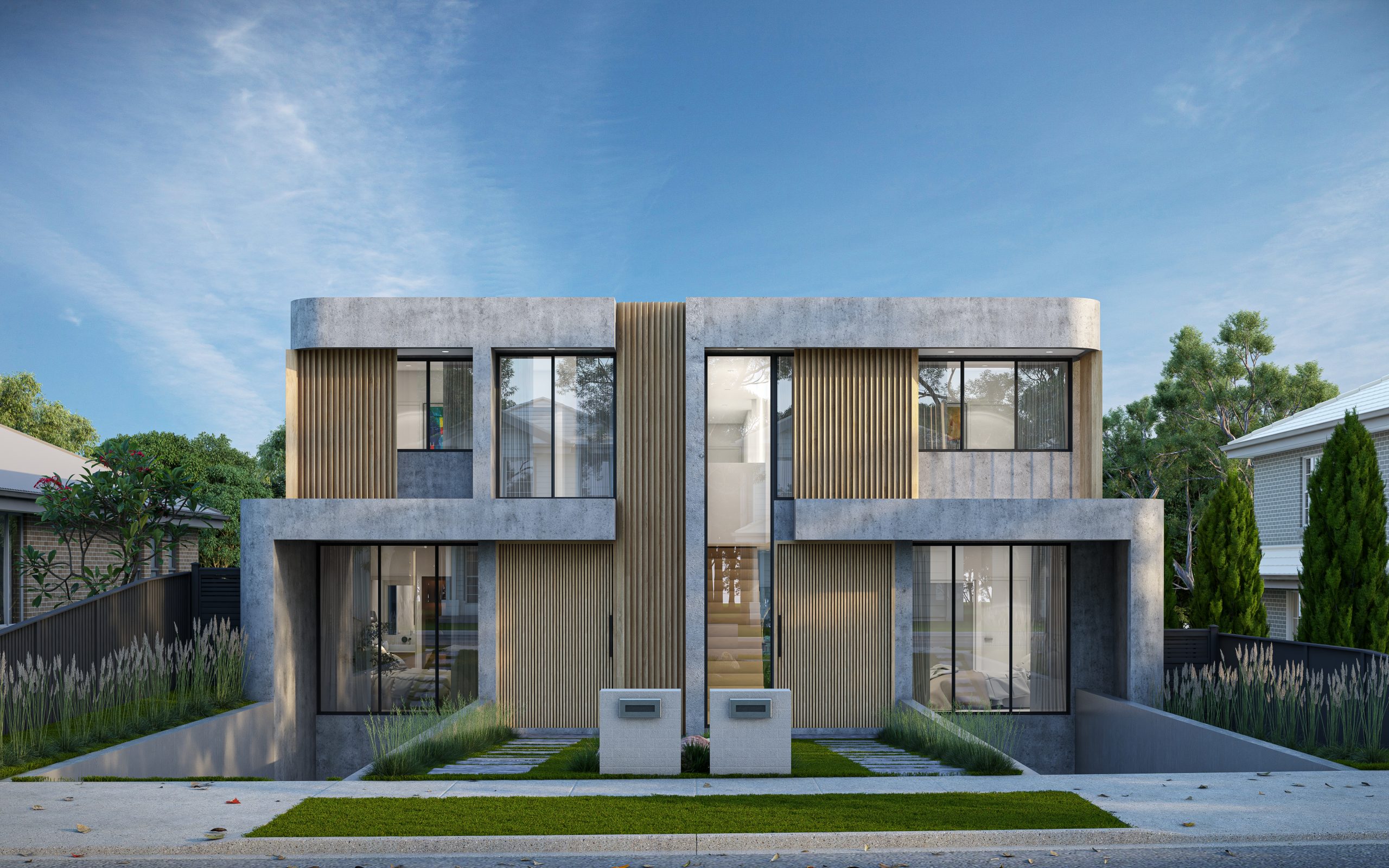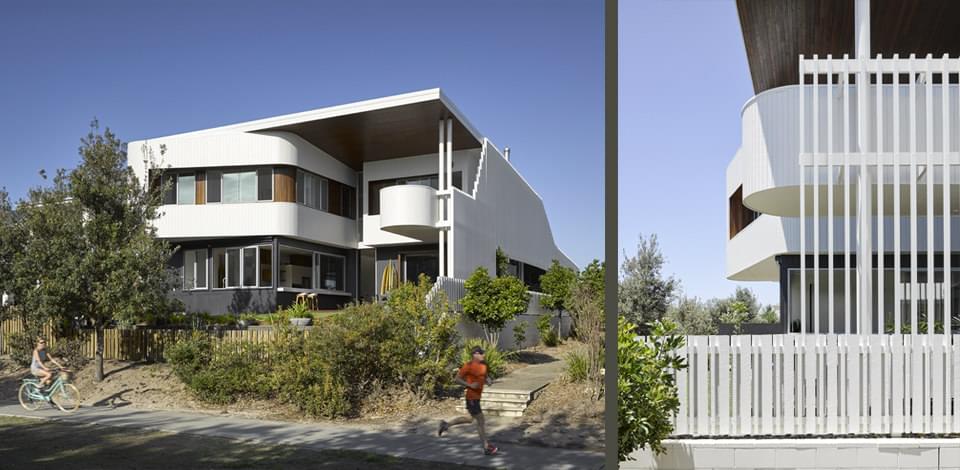Residential Architecture Homes Designed for Comfort, Aesthetics, and Functionality
Residential Architecture Homes Designed for Comfort, Aesthetics, and Functionality
Blog Article
Leading Trends in Residential Style You Need To Know Regarding
As residential style continues to progress, numerous engaging trends are shaping the means we develop and inhabit our living spaces. Trick developments such as sustainable structure methods, the integration of smart home technology, and the surge of modular homes underscore a substantial shift towards both functionality and ecological duty.
Lasting Structure Practices
An enhancing number of property tasks are embracing sustainable structure practices, driven by a growing understanding of ecological impact and power efficiency. This change is characterized by the combination of green products, energy-efficient designs, and ingenious construction techniques. Contractors and homeowners are significantly prioritizing the use of renewable energies, such as bamboo and recycled metals, which not only minimize the carbon footprint yet likewise boost the durability and aesthetic allure of residential properties.
Including energy-efficient systems is one more vital facet of lasting building - residential house architect. Features such as high-performance insulation, energy-efficient windows, and solar panels are becoming standard in brand-new residential designs. These elements not just contribute to lower energy consumption but additionally supply substantial long-lasting cost savings for home owners
Moreover, the format of sustainable homes frequently stresses natural light and ventilation, minimizing the reliance on artificial illumination and climate control systems. Landscaping techniques, such as xeriscaping, additional promote sustainability by decreasing water usage.
As the need for sustainable living services proceeds to increase, the property design field is positioned to adapt and innovate, making sure that future homes are not only environmentally accountable however likewise comfy and useful for their passengers. - residential house architect
Smart Home Technology
Smart home modern technology is revolutionizing the means home owners connect with their living areas, enhancing ease, energy, and safety and security management. This innovative approach integrates various devices and systems, allowing users to manage their homes remotely or with automated processes. Central to this fad is using smart devices such as thermostats, lighting, protection video cameras, and devices, all connected by means of the Internet of Points (IoT)
Among one of the most enticing functions of wise home innovation is the ability to tailor settings for optimum power performance. Property owners can keep track of energy usage and change cooling, home heating, and lights based upon their routines, considerably lowering energy expenses. Sophisticated safety systems geared up with smart locks and monitoring cameras provide tranquility of mind, allowing remote monitoring and alerts to potential safety and security breaches.
Combination with voice-activated assistants improves user experience, enabling property owners to manage gadgets with straightforward voice commands. As innovation remains to evolve, the potential for wise home systems to enhance quality of life expands, making them a crucial consideration in modern-day household design. Inevitably, wise home technology is not just a fad but an essential shift toward a lot more intelligent living environments.
Open Idea Living
Open up principle living has actually become a specifying function in modern property architecture, identified by the elimination of conventional barriers in between areas. This design ideology promotes fluidness and connection within the home, enabling a seamless transition in between areas such as the kitchen, dining, and living this areas. By getting rid of dividings and walls, open principle formats develop a sense of space, promoting an inviting ambience that improves social interaction.

Additionally, this approach to domestic layout lines up with minimalism, concentrating on useful simpleness and visual coherence. House owners value the convenience of these designs, which can be conveniently adapted to reflect individual design via furnishings plan and decor. As open principle living continues to obtain grip, it remains a testimony to developing household characteristics and the need for homes that boost connection and comfort.
Biophilic Design
Biophilic style has become significantly significant in property architecture, emphasizing the inherent connection between human beings and nature. This style approach seeks to incorporate natural environments into living areas, therefore cultivating a sense of find more information well-being and improving the lifestyle for occupants. By including functions such as natural light, vegetation, and organic materials, biophilic design advertises a harmonious relationship between interior environments and the environment.
Crucial element of biophilic design include large windows that supply unblocked sights of outdoor landscapes, living walls that introduce greenery into interiors, and open layout that encourage air flow and all-natural light infiltration. Water attributes, both within and outside the home, serve to produce soothing atmospheres and improve sensory experiences.
Additionally, making use of sustainable products not only supports environmental stewardship yet also adds to healthier indoor air quality. As awareness of environmental issues rises, property owners are significantly focusing on layouts that mirror their link to nature. In significance, biophilic layout not only boosts visual charm but likewise addresses mental and emotional needs, making it an essential trend in modern household style.
Modular and Prefab Residences

Additionally, prefab and modular homes are developed with sustainability in mind. Numerous makers utilize eco-friendly materials and energy-efficient systems, such as photovoltaic panels and advanced insulation strategies, adding to minimized energy usage and lower utility expenses for home owners. The versatility of layout options enables for customization, satisfying diverse functional needs and aesthetic preferences.
As the demand for budget friendly housing continues to rise, prefab and modular homes provide a practical service, resolving both economic and environmental difficulties. Areas are significantly identifying the possibility of these frameworks, incorporating them right into rural and urban settings. Generally, the trend towards modular and prefab homes indicates a shift toward more lasting, effective, and versatile living environments, making them an essential facet of modern property style.
Conclusion
Finally, the developing landscape of household architecture showcases considerable fads that focus on health, modern technology, and sustainability. Lasting building techniques and smart home innovations boost performance and convenience, while open principle living and biophilic design foster social communication and a link to nature. The rise of prefab and modular homes supplies personalized and inexpensive remedies, reflecting a more comprehensive change in the direction of useful and responsible living. These fads collectively emphasize a dedication to producing unified and ingenious residential settings.
Key growths such as lasting building techniques, the combination of smart home modern technology, and the rise of modular homes emphasize a considerable change in the direction of both functionality and environmental duty.The surge of prefab and modular homes has actually changed the residential architecture landscape, using ingenious options for effective and sustainable living.Furthermore, prefab and modular homes are created with sustainability in mind. Overall, the pattern towards modular and prefab homes represents a shift toward extra sustainable, reliable, and adaptable living environments, making them an essential element of modern residential design.
Lasting building techniques and smart home innovations boost efficiency and benefit, while open principle living and biophilic layout foster social interaction and a link to nature.
Report this page